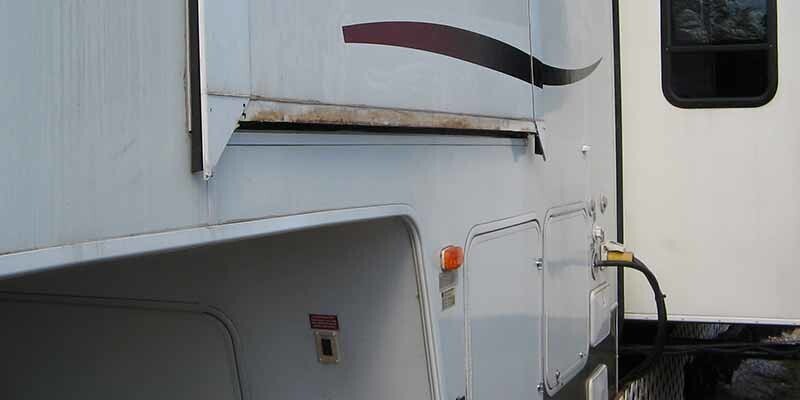
Cedar is a siding material for homes, especially in the western United States where that timber is plentiful. Cedar resists corrosion and decay and insect infestations, so it is both durable and attractive. It can be stained in several shades or could be painted, but most cedar siding is left natural. There are lots of sorts of cedar siding, but there is a option beveled, so the base of the board is thicker than the top angled, to produce a flow of rainwater and protect against seepage.
Wrap the house using similar moisture barrier or a polyethylene, stapled to the wooden wall. Seal seams with a fitting tape.
Install corner trimming on all corners, usually boards nailed vertically, together with the face of a board overlapping the board’s border and facing the street side of the house. Use a layer to set the plumb on the two walls. Nail the trimming using a hammer and nails that are galvanized. Extend it to the base of the wall from the roof .
Fasten a cedar starter strip the exact same thickness at this beveled siding’s top all with a tape measure and level to set it level the base of the wall along. Secure it to the base of the house sheathing using a hammer and nails that are galvanized long enough to penetrate the sheathing by 1 1/4 inches to the base plate of the wall.
Place the bevel board. Align the bottom of the plank together with the base of the starter strip, together with the conclusion flush against the trimming, and use a 4-foot level. Fasten the plank together with galvanized ring shank nails long enough to penetrate the siding, sheathing and into the wall studs at least 1 1/4 inch. Drive nails through the base of the board 1 nail in each stud.
Nail on a second plank abutting the very first. Employing a level to set it level. Work adding planks. Cut on a plank to fit trimming it to butt against the board.
Start another layer using a partial board so that the siding tiles do not align; use the bit cut away from the very first layer if possible. Overlap the base of the second board 1 inch over the top of the layer and fasten it with nails high enough to miss the very top of the board roughly 1 1/2 inches up the plank. Use a level to keep the plank amount.
Work the house around and up, taking care to keep planks equivalent at corners on both sides; some installers run paths round the house to maintain this level, rather than nailing boards up a complete wall at the same time. Work in layers instead: nail two or three courses on one wall, and then work around the house fitting those layers for level.
Cut boards using a dining table or circular saw where necessary to fit around windows or walls. Measure openings carefully to notch out or cut holes with a hole saw or jigsaw for electrical outlets, plumbing pipes, dryer vents or other protrusions. Use pieces of siding under windows, so the cutout is at the center of a plank and there are no butt joints under the window. Do the same at the tops of windows or doorways.
Cover the walls. If necessary by ripping the shirts off saw trim the last planks. Allow a gap of about 1/4 inch between the top of the last board and the soffit socket. Seal that gap with molding to match the corner trimming; trim pieces can be cedar like the siding or pine or cedar boards.